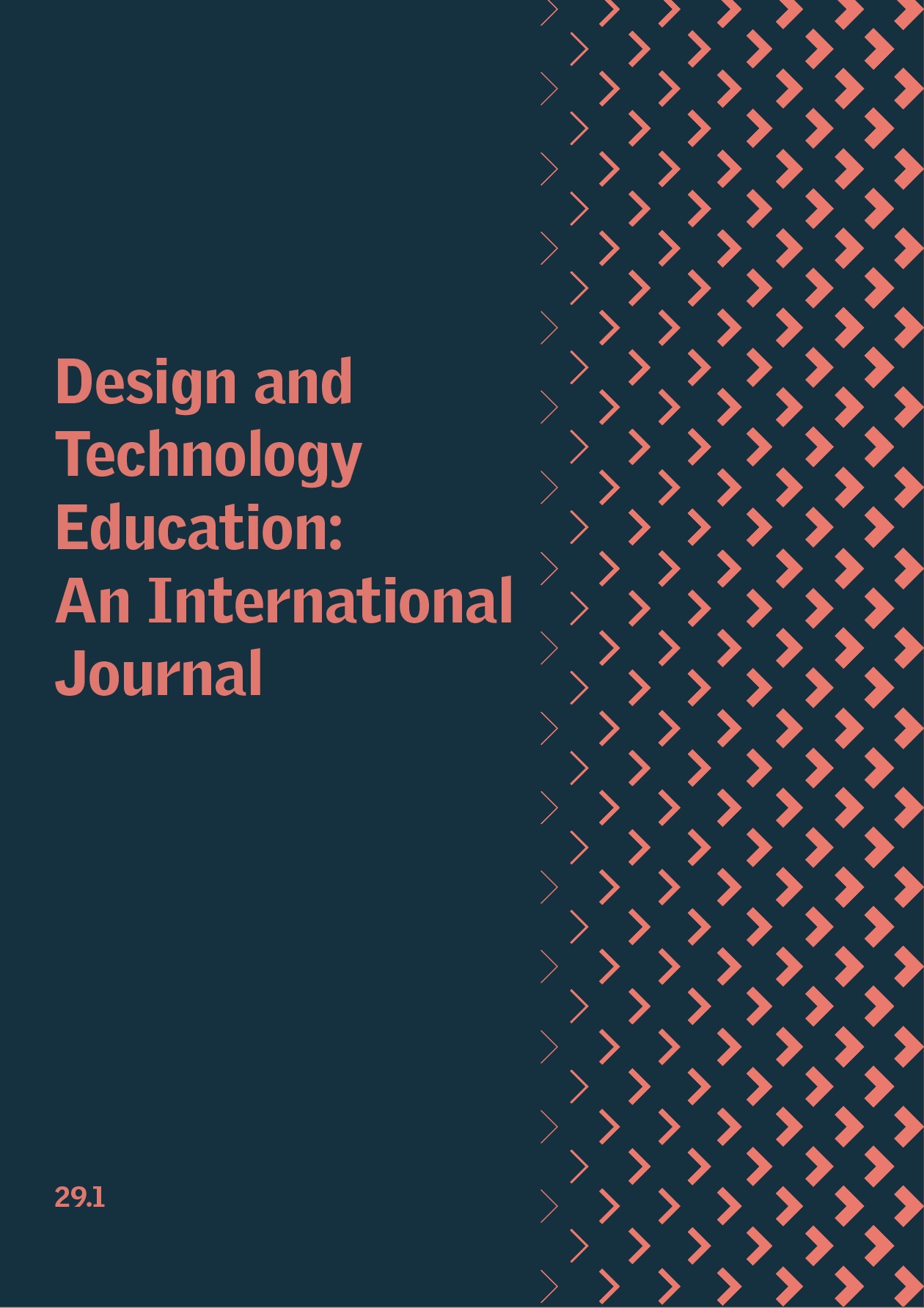The Influence of Teachers’ Perception of Creativity and Makerspaces on Their Practice in Norwegian Compulsory Schools
Keywords:
Creativity, Norwegian compulsory education, makerspaces, maker-centered learning, invention pedagogyAbstract
The use of makerspaces in Norwegian compulsory education is growing. However, using maker-centred learning to support creativity has yet to be examined extensively in the Norwegian context. Consequently, the aim of this research is to explore Norwegian makerspace teachers’ conceptions of the use of maker-centred learning to augment creative capabilities and digital competences. The study focuses on teachers’ understandings of creativity and makerspaces along with various aspects of maker-centred learning and how they support creativity. The data was collected via six semi-structured interviews with teachers working in school-based makerspaces. In the interviews, the teachers conceptualised creativity related to makerspaces and reflected on various pedagogical aspects of managing creative makerspace activities. The research indicates that teachers have similar understandings of makerspaces but different interpretations of creativity. As a result, the makerspaces are designed differently, and the teachers use a variety of teaching methods. The findings also indicate that the teacher must be able to change their role from being an instructor to a facilitator and observer while also managing the utilised technology. Digital technology, collaboration, and constraints were also found to be factors that supported students’ creativity.
Downloads
Published
How to Cite
Issue
Section
License
Copyright (c) 2024 Brynjar Olafsson, Gisli Thorsteinsson

This work is licensed under a Creative Commons Attribution 4.0 International License.
This work is licensed under a Creative Commons Attribution 4.0 International License.
Authors who publish with this journal agree to the following terms:
Authors retain copyright and grant the journal right of first publication with the work simultaneously licensed under a Creative Commons Attribution License that allows others to share the work with an acknowledgement of the work's authorship and initial publication in this journal.
Authors are able to enter into separate, additional contractual arrangements for the non-exclusive distribution of the journal's published version of the work (e.g., post it to an institutional repository or publish it in a book), with an acknowledgement of its initial publication in this journal.


